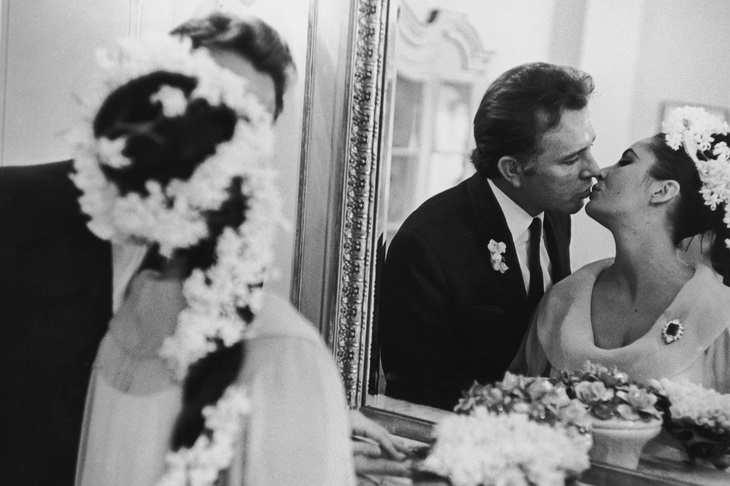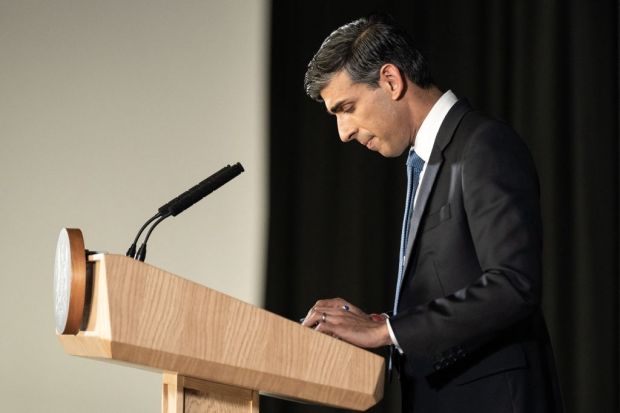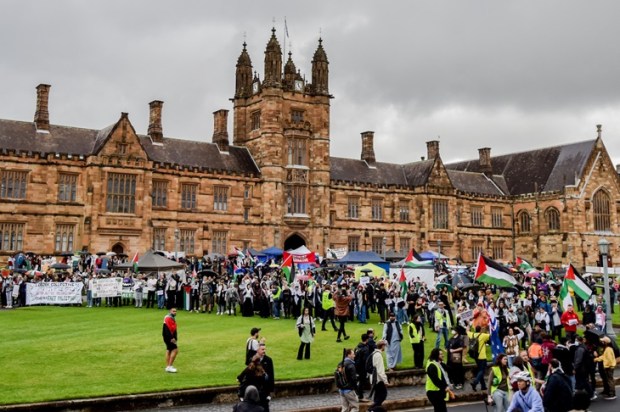‘Dearly beloved, we are gathered together in the sight of God, and in the face of this congregation, to join together this man and this woman in Holy matrimony, which is an honourable estate…’
This once-standard ceremony has seen a dramatic decline, but this decline is perhaps not terminal.
The recent Irish referendum, with its goal to rewrite definitions of marriage and the role of women and parenthood into the Constitution, has been a dramatic failure.
Already a subscriber? Log in
Subscribe for just $2 a week
Try a month of The Spectator Australia absolutely free and without commitment. Not only that but – if you choose to continue – you’ll pay just $2 a week for your first year.
- Unlimited access to spectator.com.au and app
- The weekly edition on the Spectator Australia app
- Spectator podcasts and newsletters
- Full access to spectator.co.uk
Or


























Comments
Don't miss out
Join the conversation with other Spectator Australia readers. Subscribe to leave a comment.
SUBSCRIBEAlready a subscriber? Log in